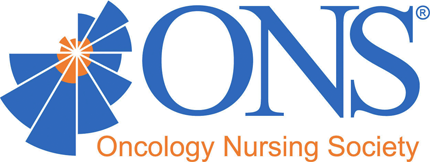Variant Subcategories
Subcategory: Chromosomal Rearrangement
Chromosome Abnormalities Fact Sheet
Inversion
A chromosomal defect in which a segment of the chromosome breaks off and reattaches in the reverse direction.3
Deletion
A portion of the chromosome is missing or deleted.15
Duplication
A portion of the chromosome is duplicated, resulting in extra genetic material.15
Numerical
An individual is either missing one of the chromosomes from a pair or has more than two chromosomes instead of a pair.15
Translocation
Translocation is a type of chromosomal abnormality in which a chromosome breaks and a portion of it reattaches to a different chromosome. Chromosomal translocations can be detected by analyzing karyotypes of the affected cells.4
Subcategory: Variant Classification
Deleterious
See pathogenic or likely pathogenic variant.
Pathogenic Variant
Directly contributes to the development of disease. Additional evidence is not expected to alter the classification of this variant. [Note: Not all pathogenic variants are fully penetrant.]5
Likely Pathogenic Variant
Very likely to contribute to the development of disease, but scientific evidence is currently insufficient to prove this conclusively.5
Variant of Uncertain Significance
There is not enough information at this time to support a more definitive classification of this variant.5
Likely Benign Variant
Not expected to have a major effect on disease, but the scientific evidence is currently insufficient to prove this conclusively.5
Benign Variant
Does not cause disease. Additional evidence is not expected to alter classification of this variant.5
Subcategory: Somatic
A somatic cell is any cell of the body except sperm and egg cells. Somatic cells are diploid, meaning that they contain two sets of chromosomes, one inherited from each parent. Variants in somatic cells can affect the individual, but they are not passed on to offspring.4
Driver Variants (Somatic)
Provides a growth advantage of the cell and is involved in oncoogenesis.9
Passenger Variant (Somatic)
Does not provide a growth advantage of the cell and does not contribute to oncogenesis.9
Copy Number Variation (CNV)
A copy number variation (CNV) is when the number of copies of a particular gene varies from one individual to the next. Following the completion of the Human Genome Project, it became apparent that the genome experiences gains and losses of genetic material. The extent to which copy number variation contributes to human disease is not yet known. It has long been recognized that some cancers are associated with elevated copy numbers of particular genes.4
Copy Number Variation Illustration
Subcategory: Somatic Variant Classification (based on actionability)
Tier I
Variants of strong clinical significance.15
Example:
Level A Evidence
FDA-approved therapy.
Included in professional guidelines.
Level B Evidence
Well-powered studies with consensus from experts in the field.15
Tier II
Variants of potential clinical significance.15
Example:
Level C Evidence
FDA-approved therapies for different tumor types or investigational therapies.
Multiple small published studies with some consensus.
Level D Evidence
Preclinical trials or a few case reports without consensus.15
Tier III
Variants of unknown significance.15
Example: Not observed at a significant allele frequency in the general or specific subpopulation databases, or pan-cancer or tumor-specific variant databases. No convincing published evidence of cancer association.15
Tier IV
Variants of known insignificance (i.e., likely benign or benign).15
Example: Observed at significant allele frequency in the general or specific subpopulation databases No existing published evidence of cancer association.15

